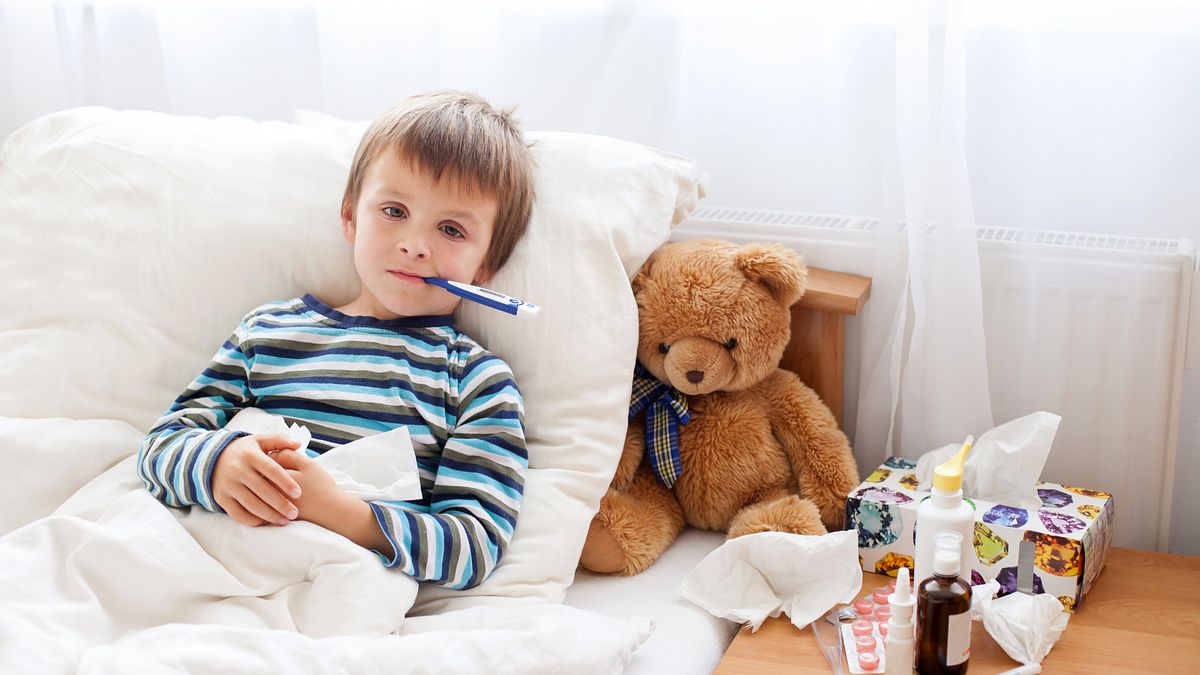Healthremedy123.com – Your child’s doctor can diagnose juvenile rheumatoid arthritis using a variety of tests. In addition to a physical exam and a complete medical history, your doctor can order blood tests, X-rays, ultrasounds, and magnetic resonance imaging (MRI) scans to rule out other diseases that cause similar symptoms and confirm that your child has rheumatoid arthritis. X-rays are used to see the bones and joints and can help determine if there are any injuries or abnormal bone development.
Some Symptoms of Juvenile Arthritis
Some symptoms of juvenile arthritis include a high fever, pain in joints, and swelling, particularly of the knees. Other symptoms include an irregular growth pattern in the joints. In some cases, children may also develop eye problems called uveitis, which can cause permanent damage to the eye if left untreated. While most children with juvenile arthritis do not complain about pain, they will often exhibit a variety of symptoms. A slit lamp examination is necessary to diagnose the condition.

Although children with juvenile rheumatoid arthritis may not complain of joint pain, most do experience stiffness and inflammation. In severe cases, this disease may even affect the development of the child’s bones. In some children, the condition lasts for a lifetime. It is important to see a doctor as early as possible to prevent permanent damage to your child’s joints.
Determining the Right Action for Treatment
The symptoms of juvenile rheumatoid arthritis can be difficult to recognize, especially for parents. A physical examination and a blood test are needed to rule out other causes. In addition, a family history of the disorder will be necessary to confirm the diagnosis. If your child does exhibit any of these symptoms, he or she may need specialized treatment. Your child’s doctor will determine the proper course of action for treatment.

A doctor may prescribe corticosteroids or other medications to help alleviate the symptoms of the disease. Corticosteroids are stronger medications and are given intravenously or directly into the affected joint. Although they relieve pain and slow joint damage, they can impair a child’s growth and increase the risk of infection. It is important to follow the instructions given by your doctor for proper use of these medications. Physical therapy may also be prescribed to strengthen and stretch stiff joints.
Symptoms of High Fever in Systemic JIA
Systemic JIA affects the whole body before the joints. One of the most common symptoms of systemic JIA is a high fever, which can reach 103 degrees. The fever is most likely to occur late in the day or early evening, and may mask other symptoms. While this type of disease can be severe, it is best to visit a doctor to get an accurate diagnosis.

Juvenile idiopathic arthritis, previously known as juvenile rheumatoid arthritis, is the most common form of arthritis in children. Children with juvenile rheumatoid arthritis often suffer from joint swelling for several months or even years, but rarer cases may last a lifetime. Juvenile idiopathic arthritis is largely an autoimmune disease – the body’s immune system mistakenly attacks healthy cells.
Reference:


